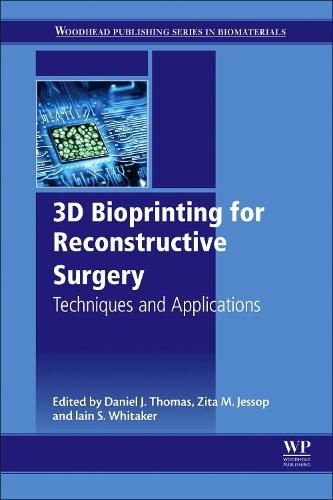Readings Newsletter
Become a Readings Member to make your shopping experience even easier.
Sign in or sign up for free!
You’re not far away from qualifying for FREE standard shipping within Australia
You’ve qualified for FREE standard shipping within Australia
The cart is loading…






3D Bioprinting for Reconstructive Surgery: Techniques and Applications examines the combined use of materials, procedures and tools necessary for creating structural tissue constructs for reconstructive purposes. Offering a broad analysis of the field, the first set of chapters review the range of biomaterials which can be used to create 3D-printed tissue constructs. Part Two looks at the techniques needed to prepare biomaterials and biological materials for 3D printing, while the final set of chapters examines application-specific examples of tissues formed from 3D printed biomaterials.
3D printing of biomaterials for tissue engineering applications is becoming increasingly popular due to its ability to offer unique, patient-specific parts-on demand-at a relatively low cost. This book is a valuable resource for biomaterials scientists, biomedical engineers, practitioners and students wishing to broaden their knowledge in the allied field.
$9.00 standard shipping within Australia
FREE standard shipping within Australia for orders over $100.00
Express & International shipping calculated at checkout
3D Bioprinting for Reconstructive Surgery: Techniques and Applications examines the combined use of materials, procedures and tools necessary for creating structural tissue constructs for reconstructive purposes. Offering a broad analysis of the field, the first set of chapters review the range of biomaterials which can be used to create 3D-printed tissue constructs. Part Two looks at the techniques needed to prepare biomaterials and biological materials for 3D printing, while the final set of chapters examines application-specific examples of tissues formed from 3D printed biomaterials.
3D printing of biomaterials for tissue engineering applications is becoming increasingly popular due to its ability to offer unique, patient-specific parts-on demand-at a relatively low cost. This book is a valuable resource for biomaterials scientists, biomedical engineers, practitioners and students wishing to broaden their knowledge in the allied field.